Grand Designs’ Kevin McCloud shares top tips to finding a builder
We caught up with Kevin McCloud at Grand Designs Live in Birmingham to talk about working with your builders and sustainable building tips for an energy efficient home.
More than one in three of us dream of building our own home*. It’s easy to see how the benefits of self-build stack up – you can design a home to fit your lifestyle, and potentially live in a much larger house or a better location than you might otherwise be able to afford.
However, not many of us make that dream a reality. Finance can be a barrier to self-build, as can the availability of land. Or it can simply seem too daunting, with the risk of running over budget and living in temporary accommodation for months.
However, that doesn’t have to be the case. There are now many routes to building a house – from modern construction methods that can drastically reduce your build time, to custom-build options where a developer holds your hand through the whole process.
We’re here to help you take the first steps on your self-build journey, explaining your options with some expert tips from our Master Builder members, breaking down the barriers to building a home of your own.
* Self-Build and Custom Housebuilding in the UK: An Evidence Review - Based on a study of 2,017 participants during October 2020 conducted by YouGov and commissioned by The National Custom and Self Build Association (NaCSBA) and the Building Societies Association (BSA).
We spoke to experts from two Master Builder companies who specialise in self-build, to give you some tips from the profesisonals.

Dan Rich
Managing Director
Mason Construction (London) Ltd
2021 Master Builder Awards – House Builder Award (Eastern Counties)

Mark Bettles
Director
Cornerhouse Building Contractors Ltd
2021 Master Builder Awards – Building Company of the Year (Midlands)
2021 Master Builder Awards – House Builder Award (Midlands)
Whether it’s your forever home or you think you’re likely to move on in a few years, all self-builders have one question at the back of their mind: ‘What will my house be worth when it’s finished?’
Your profit margin is not going to matter so much if it’s your home for life, but it can help to inform your budget. So, the estimated market value of your completed home should be where you start when it comes to calculating your self-build budget.
Research local building costs per square metre to get an idea of your finished self-build house value. A chat with a local estate agent can help.
Subtract the cost of the land you purchased from the estimated value of your completed self-build house.
In today's market with rising building material and labour costs, a larger contingency fund is wise for unexpected expenses. A 10-15 per cent allowance is typical but fully explore your options – what would you do if you needed to release more funds?
Don't rely solely on online research. Consulting experienced self-build specialists can help identify unforeseen costs before they become a problem.
Mark Bettles of FMB member company Cornerhouse Building Contractors Ltd advises: ‘If you get yourself a good architect to design your build they will be able to advise you on the details and budgeting for the build in the early stages.’
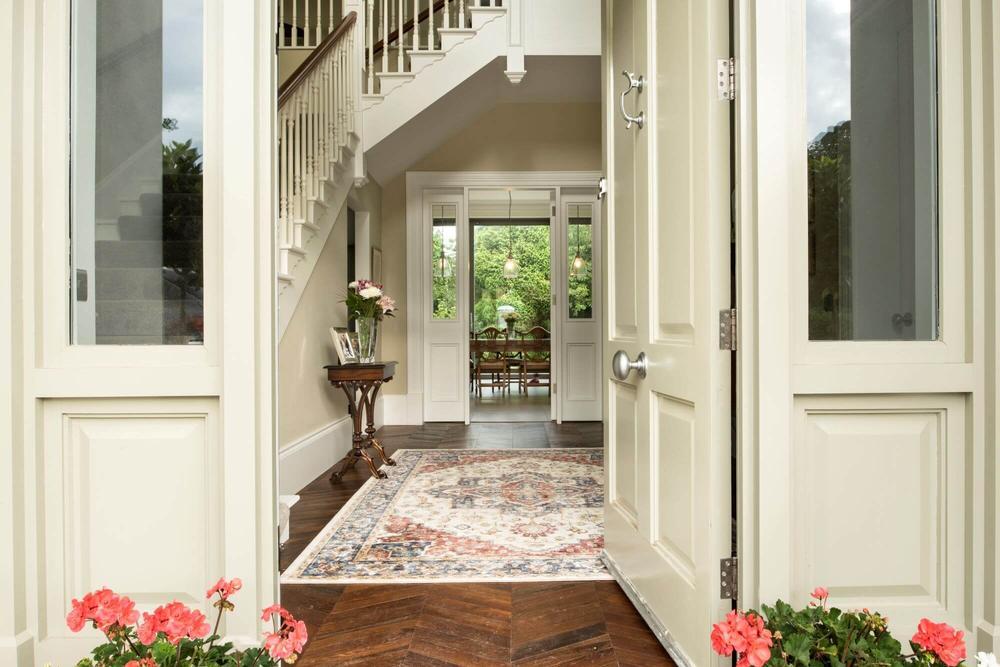
We asked our Master Builder experts about the hidden costs to look out for that are easily overlooked by self-builders.
‘The ever-rising material costs are certainly a big factor currently’ advises Mark. ‘The secret to getting the best value for your money is early engagement with your chosen contractor. They will be able to advise on the best construction methods for keeping costs down. They will also, once appointed, be able to start securing materials and securing the best prices before any further price rises occur.’
Dan Rich of FMB member company Mason Construction (London) Ltd says, ‘The main connections often get overlooked and if you have a square metre quote for your build, it probably won’t take this into account. The big surprise that you really need to look into is main sewage connections – you may need to put in your own sewage system, which can be expensive. Also, how easy is it to connect to the main electrics? You can live without gas if you have to, but you need to make an electric connection – if that’s got to go underground, how are you going to you run that in?’
Dan’s advice is to think about the prep needed to get your land ready to build on. ‘If you’ve bought a brownfield site [a site that has previously been developed] is the land contaminated? If you have oil contamination in the soil, you’ll need grab lorries to take it away and that can increase the cost of your footings by about three or four times the usual.’
Self-build plots in leafy, rural locations can come with their own hidden costs too. Dan asks, ‘Is it in a tree protection zone? That can make a real big difference to the cost of your footings.’
Mark says ‘One area that is vital for keeping control of your costs is to ensure you have your design right before you start. Changing things on site can be very expensive, especially if you have to keep altering completed work.’
Dan advises self-builders to get this checked out early on: ‘If you’ve bought an existing building, is it riddled with asbestos, and what type of asbestos is it? For example, white asbestos is not too expensive to remove, but if you find blue or brown asbestos it can cost an absolute fortune – into tens of thousands depending on what type and the amount.’ You can book an asbestos survey and removal through local asbestos removal firms.
Choosing a simple design built from standard materials will save you money. Custom-made components, specialised construction techniques and additional structural supports all tend to use more materials and labour, which will add up to higher bills.
Shop around for building quotes and get a full breakdown on the details to provide a like-for-like comparison. Research alternative materials and look for construction methods that offer a cost saving (without compromising on quality). For instance, self-build kits or pre-fabricated components can speed up a build time, but you’ll need to hire a builder that has experience with using them.
Think about if there are any elements of your self-build that you can do yourself. For example, clearing the land or turning your hand to the finishing touches like painting, tiling a bathroom or fitting a kitchen. Be realistic about your abilities and time constraints, and always consider safety first.
While upfront costs may be higher, investing in energy-efficient features and sustainable technologies can yield long-term savings on utility bills and maintenance expenses. Incorporate energy-efficiency measures such as proper insulation, energy-efficient windows and doors. Think about your home’s orientation for natural solar energy gains and consider renewable energy sources like solar panels or heat pumps.
Another way to save money can be to find a builder who offers a design and build service, working with an in-house architect. This can reduce how much you spend on architect fees and can have indirect cost-saving benefits too – as your builder will already have a close working relationship with the architect. This can leave less room for communication delays and costly misunderstandings.
If you already have a builder onboard during the design stage (maybe you’ve worked with them before) it can help to get their opinion on where cost savings can be made on your self-build home.
Dan gave us this insight: ‘The normal way of doing things is that you go to the architect, you get your drawings and the builders tender for it. The builders aren’t really involved in the design stage. But if you’ve already got a builder you can trust, and you can get the builder involved earlier, you’ll save money as the builder can suggest the cheapest way for you to do it. For example, we work with SIPs panels [Structural Insulated Panels] which can be cheaper to work with.
'If you sit down with the builder and the structural engineer, the builder can help with suggestions.’
Two of the biggest myths about self-build homes are that you have to have a lot of money saved up to finance it, and that it can mean having to sell your house and having the upheaval and expense of moving into temporary accommodation (or even living in a caravan on site!).
Neither of these options are necessarily the case as there are now more options than ever to help make self-build more accessible. Even if you’re a first-time buyer!
Here are some of the ways you can fund your self-build – you might use just one or a combination of these:
Personal savings – Money in the bank.
Property sale – Sell your existing home to release equity.
Self-build mortgage – Unlike a traditional mortgage, a self-build mortgage releases money to you in stages during your build. The stages may differ slightly between providers but typically, the stages can include:
Funds can be accessed before each stage, with the lender keeping a small sum (usually 10 per cent) back to release on completion date. Loan to value (LTV) rates are lower than a regular mortgage at around 75-80 per cent, but there are some deals available covering up to 95 per cent of the land and build costs, depending on your circumstances.
Funds are released after completion of each stage. These are designed for people with access to more cash. These deals usually require a larger deposit over 15per cent and you’ll need to be able to fund the self-build in its initial stages.
Some providers offer interest payments only while your home is still under construction, switching to repayment afterwards. It’s worth shopping around to find a deal that suits your finances and personal needs – for example if you want to live in your current home during the build.
Green mortgages are a relatively new product to the self-build mortgage market, offering incentives if you install energy-saving measures such as air source heat pumps and solar panels, or if you achieve energy saving certification. One product from Ecology Building Society rewards borrowers with lower interest rates if the completed home meets their criteria for energy certification.
According to the Planning Portal, self-build homes make up around 7-10 per cent of new houses in England, which is about 12,000 homes. This number pales in comparison to European countries like Germany, where over half of all new homes are self-built. Recognising this potential, the UK government is actively promoting self-build projects by introducing funded loan schemes across the country (excluding Northern Ireland for now).
Let's explore some of these financial resources available to help you build your dream self-build home:
On top of financial support from loan schemes, you can reclaim VAT on most materials and fittings for your self-build home - providing significant savings. It’s likely that your main contractor already takes this into consideration, and they won’t include VAT for any aspects of your build that are eligible for zero-rate VAT (you’ll see that VAT still applies to some services like landscaping or professional fees). However, if you hire subcontractors that have added VAT to their bill or are in any doubt about what zero-rate VAT applies to, it’s worth finding out more about how to reclaim your VAT. Bear in mind that you only have a three-month window to apply.
Once you've got the budget sorted for your dream self-build home, it’s time to find the perfect plot of land to build it on. But where do you begin? And what are the pros and cons of different plot types? We spoke to our experts…
Marks says, ‘The obvious place to start your self-build plot search is with a local estate agent – registering your interest with them is usually the best option. It also depends on how fixed your search area is. If you feel up for it, you could letter drop a few houses that could potentially split off a parcel of land. You never know – you asking may just arrive at the right time.’
‘It’s all about planning permission,’ advises Dan, ‘it's not just about the land itself, but whether you can actually build on it.’ Restrictions can vary depending on the type of plot you choose.
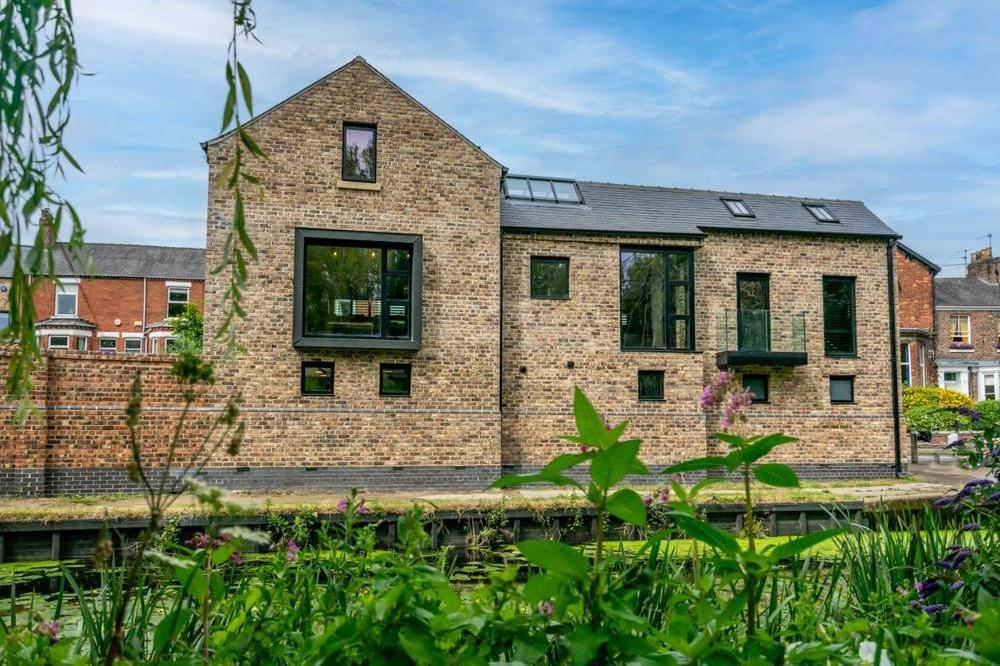
Dan says: ‘One option is to buy a brownfield site where you should get planning permission, but it could be expensive to clear up if the land’s been contaminated.’ Estate agents or land agents can help you find brownfield sites, but consider signing up for your Local Authority's self and custom build register too. This government initiative connects landowners with self-builders, promoting local regeneration - including brownfield redevelopment sites.
‘Then there’s greenbelt land,’ says Dan, ‘which is cheap, but there’s a lot of risk involved.’ Greenbelt land is designated areas of the countryside where development is restricted. It typically encircles urban areas and is designed to prevent urban sprawl. However, planning permission can still be achieved, if you are sensitive to the tighter greenbelt regulations in place. He continues, ‘It’s well worth speaking to a local architect to see what their advice would be about greenbelt regulations. It’s generally more expensive to build on as your build may need to be more energy efficient and lower carbon.’ Thermal efficiency is always worth bearing in mind regardless of where you build, to reduce energy consumption and your energy bills in the years ahead.
If your heart's set on a rural self-build home, explore Class Q planning regulations. This handy scheme allows the conversion of agricultural buildings into liveable spaces with minimal red tape. However, the existing structural frame must be retained.
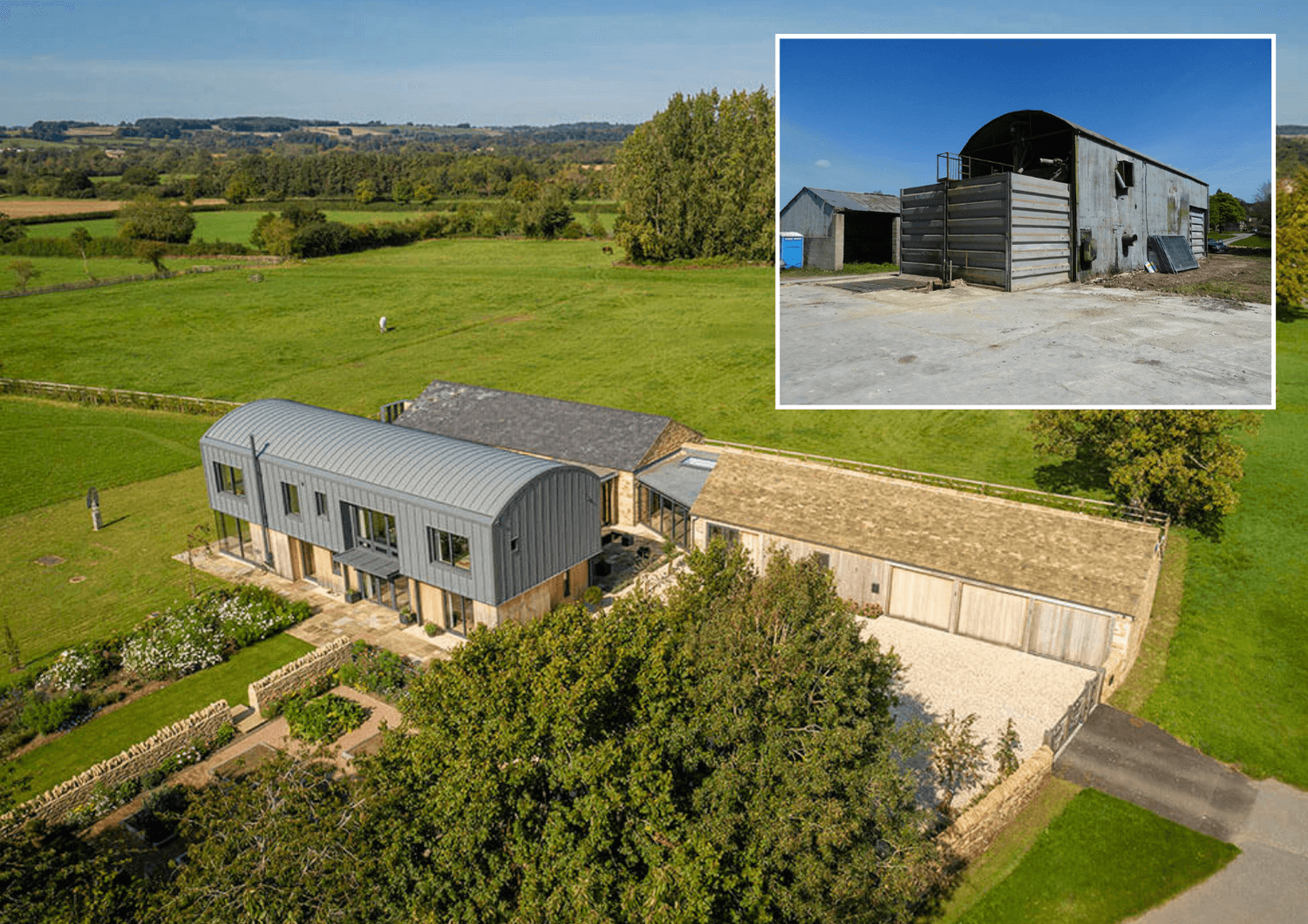
Dan suggests that in space-restricted urban or suburban areas, buying and knocking down an existing property might be the best option. ‘This is the safest way to get planning permission, but you’re paying a premium for the house that’s already there.’
If you’re looking to self-build in an urban area, small pockets of infill land can offer exciting opportunities, often requiring innovative architectural solutions. ‘The other option is to buy a house with a plot of land that you might be able to build on the side’ says Dan. ‘Then you can sell the original house.’ Although there’s risk that the original home might not sell right away, this can be a useful way to recoup the cost of your build.’
For more information, check out our tips for finding the perfect plot of land to build on.
On to the fun part – working with an architect to design your future home. You have free rein to create a living space that works for your lifestyle, and opportunity to future-proof your investment. For instance, if you’re moving in with young children you might want to think about how they’ll use the space as teenagers. Or, if you see yourself living there well into retirement, you may need to think about accessibility measures.
The Royal Institute of British Architects (RIBA) is a good place to start the search for an architect who’s on your wavelength. They have a ‘find an architect’ search tool you can use to narrow down the search and be matched with RIBA accredited Chartered Practices.
You’re in charge. You take sole responsibility for finding a plot, planning permission, appointing architects and builders.
You can do as little or as much of the work yourself as you want to. You might get your hands dirty with anything from preparing your building plot or fitting the finishing touches – it can be a good way to save money if you’re confident you have the skills.
Or you might take a hands-off approach and employ a project manager to co-ordinate everything for you.
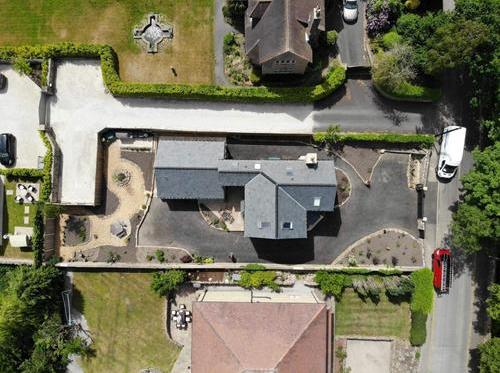
Custom-build is a term coined by the Government to define projects where the owners work with a developer. This can cover a wide range of options – everything from purchasing a serviced plot from a developer that’s ready to build on, to choosing the layout and finishes that the developer delivers as a ‘turnkey’ property that’s ready to move into. However, it’s important to note that this does not include new-build houses where homeowners buy off-plan. Custom-build owners have significant input into the build.
That’s important because self-build and custom-build housing is eligible for exemptions from the Community Infrastructure Levy and the various ‘Help to Build’ schemes, depending on where you are in the UK. Off-plan house sales are not eligible.
The Government has also identified that self and custom-build housing can help to deliver regeneration across brownfield sites – so provides access to a list of available serviced brownfield plots for budding self and custom builders who add themselves to a Brownfields Register with a Local Authority (England-only).
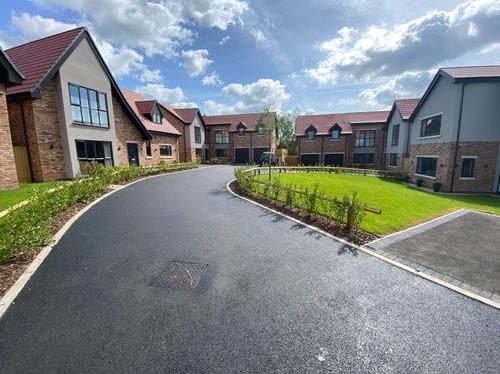
Package homes, often called ‘kit homes’, typically rely on you finding your plot of land and doing the prep work to get it ready to build on. You essentially choose a house from a catalogue and the supplier delivers it in modular, prefabricated sections and constructs it on site. It’s not a ‘cookie-cutter home’ however, as the design can usually be tweaked to suit your preferences or planning permission requirements.
The level of finish depends on what’s available through the supplier, your budget and how much of the work you want to take on yourself. Some suppliers can offer a shell finish, giving you free rein with designing the interior layout. Others can provide a ‘turnkey’ solution, where everything down to the underfloor heating and plug sockets can be included.
They offer a fast build-time, but this saving is countered by factors including the prefabrication process and transportation (often from Germany or other European countries, where this method was pioneered).
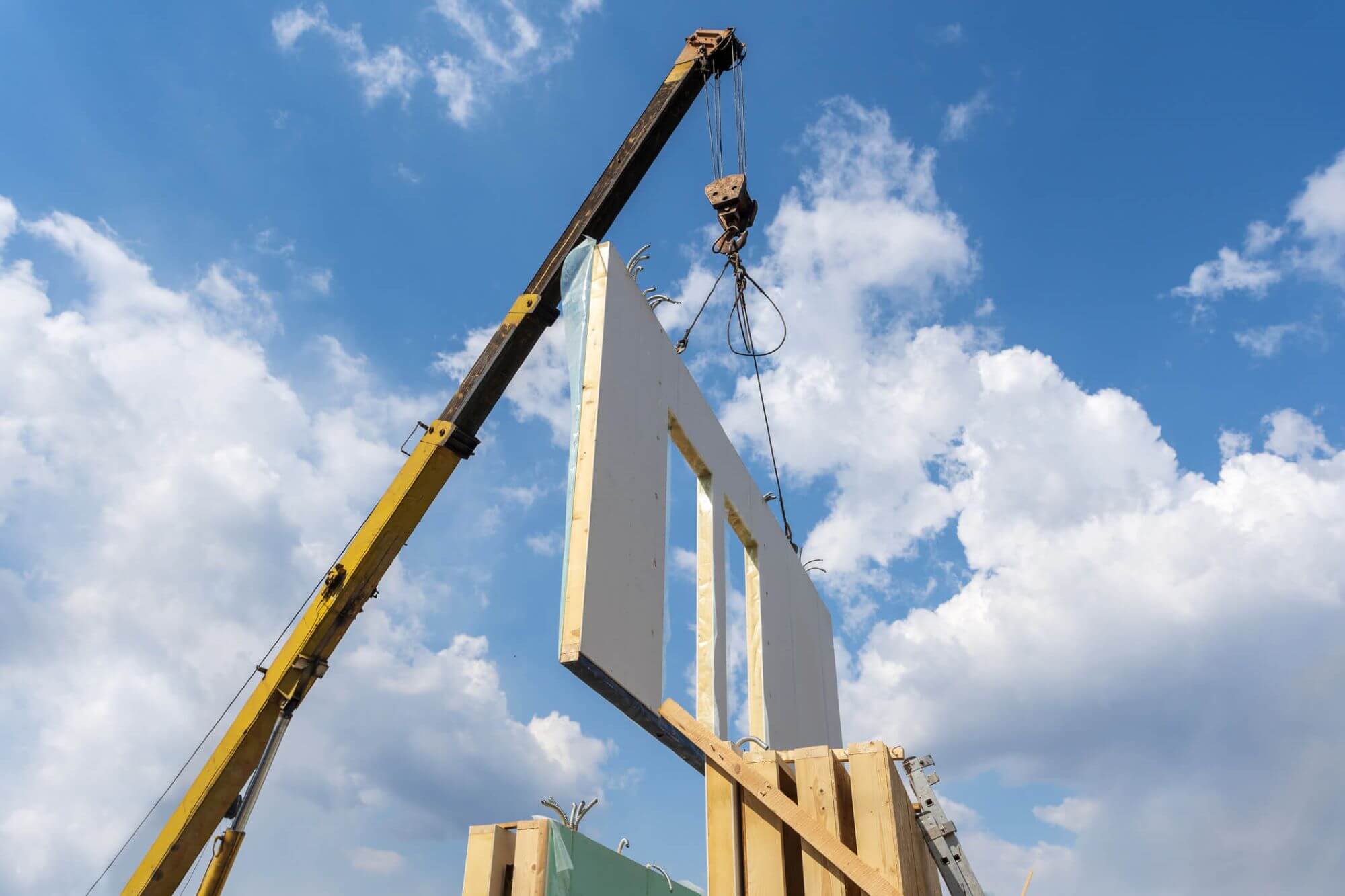
Building your own home can be an exciting journey, but managing the project effectively is crucial for success for any self-build. This section explores the different approaches to self-build project management and helps you decide which is right for you.
Self-management can save money, but the role is demanding and requires construction and project management experience.
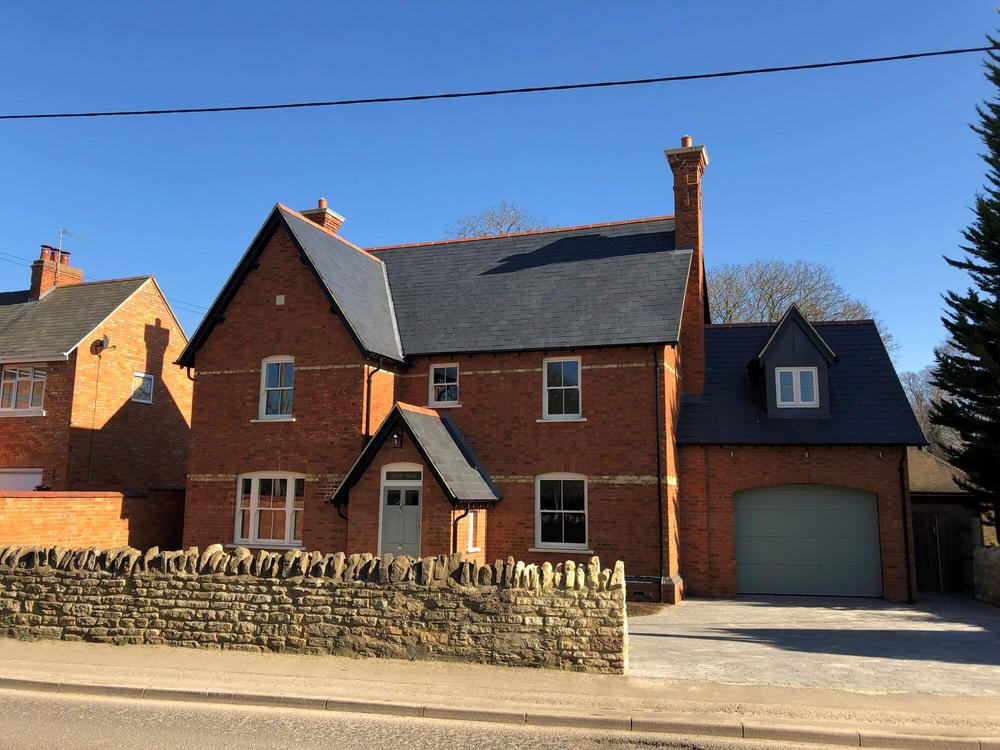
‘A good architect is probably the one you want to co-ordinate everything’ says Dan, and suggests that their holistic view of the project will be helpful to resolving issues quickly – saving time and money on labour costs.
Key takeaway: Effective project management is an investment. Factor it into your budget and ensure everyone involved is clear on who the project manager is. Don't expect builders to handle site management for free.
Mark offers some advice: ‘Sourcing the right architect and builder for your project are probably the most important decisions you will make. Ask around for people’s recommendations, and when you do engage with them, ask for current references and ask to visit their previous projects.'
'My experience is there is no better advert for your business than a previous client with a new house they want to show off to the world. There is a saying in the industry that you are only as good as your last project, and this is very true.’

We caught up with Kevin McCloud at Grand Designs Live in Birmingham to talk about working with your builders and sustainable building tips for an energy efficient home.
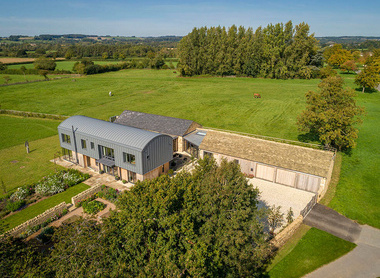
Finding the right plot of land for your self-build can be frustrating. So here are our tips to help you find building plots for sale, so you can start building your dream home.
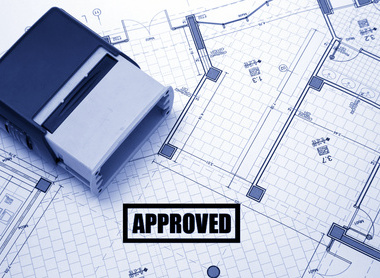
Explaining planning permission rules, terminology and exceptions.
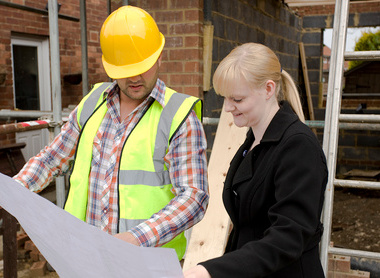
This discussion explores the value of maintaining communication with your builder(s), and the importance of planning.

How to choose a builder: The ultimate guide

Choosing the best air source heat pump can be challenging. By following our comprehensive guide, you can choose the best air source heat pump.
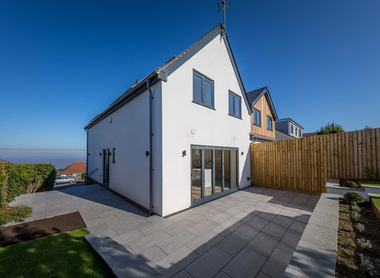
Everything you need to know about rendering your house – does it add value, what are your options, and should you go for it?

Before you invest in solar panels, find out exactly how much money you'll save. With the rising cost of living, it's crucial to save where you can.